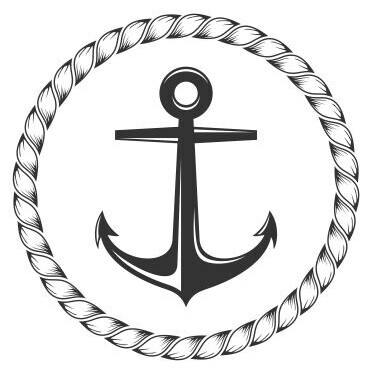- This topic is empty.
-
AuthorPosts
-
25/01/2020 at 00:09 #225
SS600, TR48 as revised by SS648
- Singapore standard code of practice for bunkering.
- Every bunkering operation ships must adhere to SS600, to minimize the bunker disputes.
- Practice for documentation, procedures during bunkering which Covers before, during and after delivery of bunker.
- Chief engineer to check and ensure SS600 pre-bunker meeting, documentation procedure are carried out.
4 main Steps to follow, open tank gauging, delivery procedure, closing tank gauging, and verification of quantity.
- Opening tank gauging
- Check the barge Stock movement log book, check for quantity before barge measurement and bunkering.
- Witness and Confirm opening tank gauging and temperature readings of all cargo tank
- Bunkering operation only start after CE confirms requirement are completed and hose properly connected.
- Delivery procedure
- Ensure the pumping rate is followed by barge within safe operating practice.
- Line clearing method to address during pre-meeting only carry out end of pumping operation
- Post-delivery check and documentation commence,
- Sounding must be taken on receiving vessel before stripping of bunker barge.
- Closing tank Gauging
- Witness and confirm closing tank gauging and cargo temperature reading of all cargo tank.
- Verification of quantity
- Complete and sign tank gauging form. Calculate the delivered quantity.
- Bunker delivered must be correct
- Complete, sign and stamp bunker delivery note.
- Sample 400ml, kept on ship for at least a year, for fuel oil analysis, for bunker barge, surveyor
TR48( 2015)
- The intro of mass flow meter,
- Provide good practice in measurement of bunker fuel delivered.
- Minimize bunker dispute
FIRM
- Flow rate; Agreed Pumping rate not lower than the stated of MFM system
- Inspect seals before and after delivery
- Reset the totalizer before bunker operation, record all stoppage
- Match the deliver quantity with bunker delivery note.
SS 648
- SS 648 : 2019 is a revision of TR 48
- MFM for bunkering, implemented since 2017, has built trust in the local bunkering sector, ensuring the right quantity of fuels are transferred between bunker suppliers and buyers
- Enhancements in SS 648 SS 648 addresses new challenges that arose from practical usage following the implementation of TR 48
- Enhancements in SS 648 include
(1) an expanded scope to include distillate fuels and bunkers that meet IMO regulations;
(2) the new requirements for multi meter installation which will enable bunker suppliers to better meet the needs of bunker buyers by offering the delivery of a wider range of parcel sizes and different grades of bunker fuels through a multi meter system;
(3) the enhancement of zero verification procedure to provide users with better understanding on the possible causes of changes to zero offset of the meter and how to perform zero verification to ensure accurate measurement of bunker fuel using MFM system; and
(4) the role of bunker surveyors in MFM bunkering regime was further strengthened, detailing the key tasks to be carried out during the bunkering operation to provide greater support and service to the bunker buyers.
- Scope of SS 648 SS 648 covers the requirements of bunker quantity measurement using Coriolis mass flow meter (MFM) system1 . The requirements include metering system qualification, installation, testing, procedures and documentation for bunker custody transfer2 . The sampling process of bunkering is also covered in this standard
- Coriolis mass flow meter – Coriolis mass flow meters are composed of one or more vibrating tubes that are usually bent. The fluid to be measured passes through the vibrating tube and the fluid accelerates as it moves towards the point where the vibration is at its maximum and decelerates as it leaves this point. This results in a twisting motion in the tubes. The degree of twisting motion is directly proportional to the fluid’s mass flow.
-
AuthorPosts
- You must be logged in to reply to this topic.
